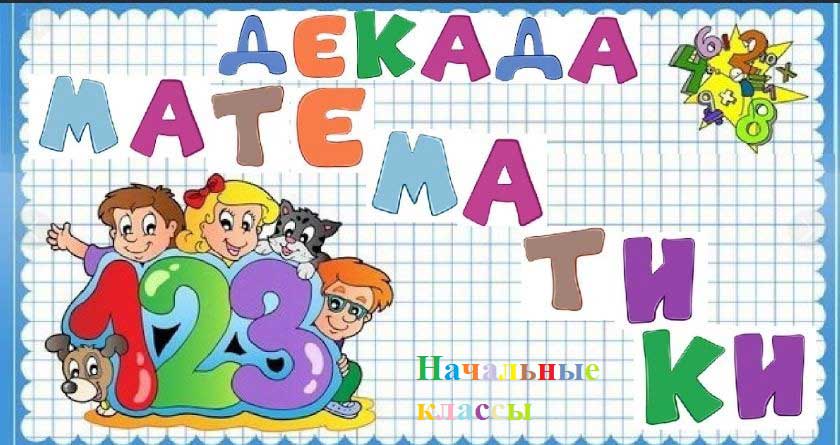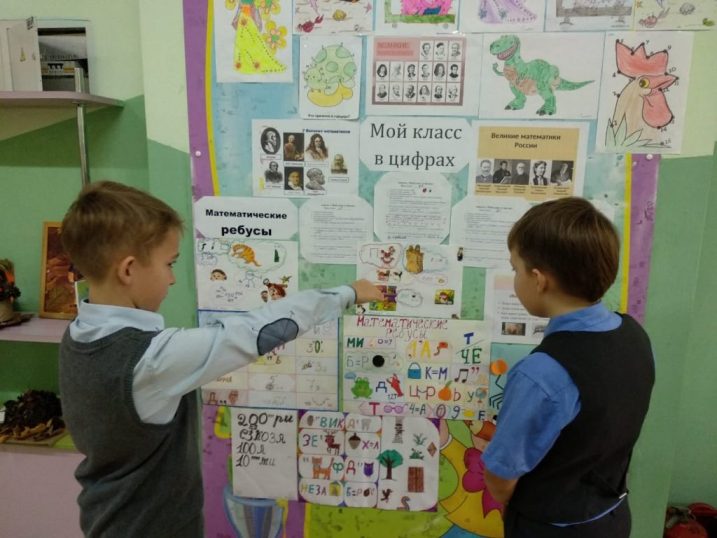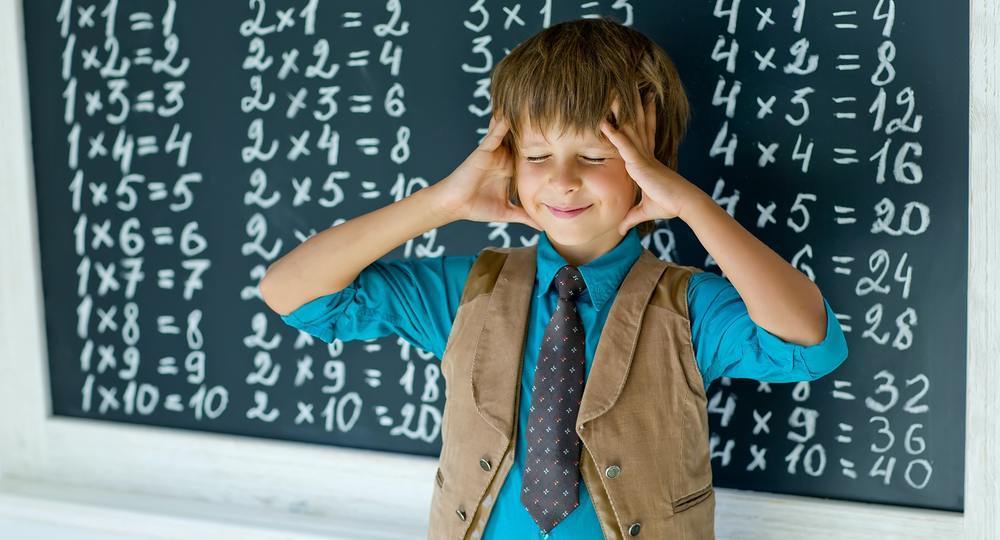As noted above, the goal of teaching mathematics is to develop the thinking of schoolchildren. L.S. Vygotsky pointed out that with the beginning of learning, thinking moves to the center of the child’s mental development and becomes decisive in the system of other mental functions.
The thinking of a primary school student is at a turning point in its development – the transition from visual-figurative to verbal-logical, conceptual thinking takes place. This gives the child’s thinking activity a dual character: concrete thinking, connected with reality and direct observation, begins to obey logical principles. However, abstract, formal logical reasoning is not yet available to children.

Let us consider, for example, the peculiarities of concept formation in primary school children. Many preschoolers by the age of 6-7 can correctly show objects that have the shape of a sphere, cube, square, triangle, rectangle. But the level of generalization of these concepts is low – children contrast a square with a rectangle, do not recognize a familiar shape of an object if the object itself is unfamiliar to them, or when the sizes of the figures are very large or very small. They often confuse the names of figures or replace them with the names of objects – a triangle can be called a “flag”, “corner”, “roof”, etc. Therefore, when teaching concepts, it is necessary to rely on the children’s experience, clarify and enrich their concepts.
For example, when studying the number 3, they consider various triangles made of paper, plastic, wood. Children show three sides, three angles and three vertices of each figure. Then they themselves modulate triangles from sticks, plasticine or strips of paper, draw in a notebook and color triangles, find objects that have the shape of triangles. In this case, the teacher needs to present different types of triangles and in different positions for consideration. This helps to form a correct idea of the triangle.
In order to activate cognitive activity, V.A. Sukhomlinsky offered younger schoolchildren to solve mathematical riddles, for example: “Heads and Legs”: chickens are walking in the yard and rabbits are jumping, a total of 10 heads and 24 legs. How many rabbits are there and how many chickens? “Falcons and Oaks”: falcons flew in and sat on oaks. If they sit on an oak one by one, then one falcon will remain, and if two by two, then one oak will remain. How many falcons are there and how many oaks?






